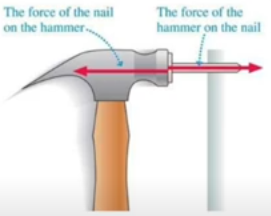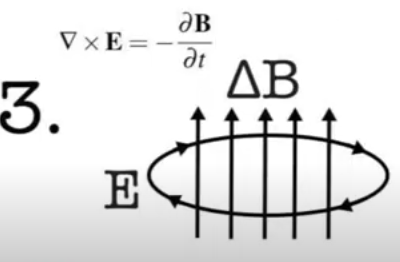Causal Connections (BPC)
| Broad Physical Categories (BPC) | Definition |
|---|---|
| 3. Conditioning Connection | A characteristic of an existent where all or part of the identity of that existent is dependent in part on a characteristic of another existent. |
| 15. Action | The formation or dissolution of a relationship. |
| 16. Causal Connection | A conditioning connection involving action. |
| 17. Cause | A property of an entity which conditions the properties of another entity through action. Cause always comes before the properties it conditions. |
| 18. Effect | A property or set of properties of an entity which are conditioned by a certain cause. Effect always comes after cause. |
The general term for labeling a connection of facts is a conditioning connection, but only when such a connection involves action should we use the word cause.

For example, when a bat strikes a ball, one of the factors affecting the way the ball will move is the elasticity of the bat. Different materials have different elasticities, and elasticity is the ability for a body to regain its previous shape after being deformed. Balls will generally bounce off more elastic bats faster. We can therefore say that the bat's elasticity causally conditions the movement of the ball.
Similar to the difference between relationships and actions, the difference between conditioning connections and causal connections is that causal connections involve temporal succession between the connected characteristics, while conditioning connections don't—they're simultaneous.[1] In the case of a bat, the bat's elasticity exists first, then the motion of the ball comes later, conditioned by the elasticity of the bat. In other words, *cause comes before effect.
This fact about causal relationships can help us make inferences. One can take the following perspective: you can say that rubbing a glass rod causes it to attract paper. When you do this, you're talking about an action causing another action. This is fine, but when you say an action causes another action, you have to understand you're leaving out causal middlemen.[2] Entities do not just act based on previous actions; they act in accordance with their properties(this is a key point Ayn Rand makes). Properties can be conditioned by previous actions, but the properties of the acting entity are always the more immediate cause.
When we say rubbing caused the attraction, we must remember it did so first by changing the properties of the rod, then the rod, now having different properties, acted differently than it would have before. If we simply say rubbing caused the attraction, we miss out on two key facts aiding further inference: first, that the rubbing caused some property in the rod, and second, that the new property caused the attraction. Temporal succession between causal factors often allows us to infer the existence of unseen causal middlemen.
On the other hand, if there is no temporal succession between connected actions,[3] then the actions don't influence each other through a process of an action changing a property, giving rise to another action. For example, Newton's third law states that "every force necessitates an equal force in the opposite direction." These forces are simultaneous; therefore, we can infer they're not connected by an action changing a property leading to another action. We should say every force necessitates an equal force in the opposite direction, not that every force causes an equal force in the opposite direction.

Even though the creation of these forces are actions, there's no evidence that one force conditions the other through some kind of "fact of action."
Let's use this principle to make a new discovery. Physicists discovered that the movement of magnets can cause swirling electric currents. Later, this is understood in the principle that a changing magnetic field causes a swirling electric field.[4] However, there is no known temporal succession between these actions. It's true that moving a wire or changing a magnetic current causes a change in the magnetic field, since the movement of the magnet or change in the current comes first, and the change in the magnetic field comes later, but there is no known temporal succession between the change in the magnetic field and the swirling electric field.
Since these actions appear simultaneous, the change in the magnetic field might not be causing a change in the property of the ether, which in turn causes a swirling electric field. The properties of a changing magnetic field and a swirling electric field might therefore just be two aspects of the same underlying property of the ether.
Just as reasoning with broad physical categories could have helped Kepler see a relationship between the sun and planets, applying BPCs to our modern knowledge can help us infer the hidden nature of the ether.
